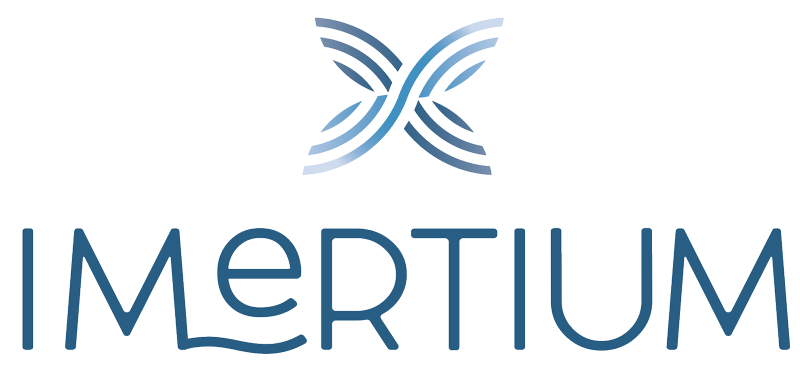
Businesses can create detailed, interactive internal processes maps that provide clear insights into how their processes operate. Additionally, the simulation feature enables businesses to test potential changes to their processes in a risk-free environment, making it easier bpa business meaning to identify the most effective solutions. The overarching benefit of business process analysis (BPA) is optimized, daily functionality across your business operations that strategically aligns with your business goals and decision making.

Business process automation (BPA) vs. business process management (BPM)

Are you treading in highly regulated waters, such as finance or healthcare, where data privacy is critical? If so, manual processes can leave a trail of vulnerability in unsecured folders or scattered inboxes. Automated processes are more accurate, faster, and more cost-effective, since they can be run entirely on computers. One important point to note about these terms is that they are constantly evolving, and in some cases the definitions overlap. To some people, for instance, workflow automation and RPA mean the same thing – to others, cognitive automation may be included in the definition. Discover solutions that deliver intelligent automations quickly with low-code tooling.
What is zero-shot prompting? Examples & applications

In addition, the process automation system must communicate any exceptions where human intervention is allowed. RPA tools are designed to execute specific, isolated tasks by following rules-based processes. Due to its narrower focus, RPA can often be implemented more quickly than broader BPA initiatives. BPA relies on data to find ways to optimize processes and improve the way a company does work. After identifying areas for improvement, the last step is to take action and implement changes that improve your processes.
Benefits of Business Process Analysis

RPA is more lightweight, with RPA vendors offering low-code/no-code platforms, which enable business users to create bots to automate parts of their job. On the other hand, BPA requires coding and more complex development, thus falling to the IT department to deploy and manage. With a BPA approach, organizations often first analyze and improve a business process before automating it, which is different from the mimic-as-is tactic typically used in RPA. BPA automates workflows within an organization; as one step in https://x.com/BooksTimeInc the business process is completed, the BPA software then automatically triggers the next step.
- Most business processes benefit from continuous improvement, but there are situations where a BPA is more helpful than others.
- This might mean orchestrating feasibility assessments, crystallizing business needs, steering change management efforts, or ensuring that business objectives and tech solutions resonate.
- IPA represents an evolution of RPA where automation is combined with intelligence such as computer vision, machine learning and AI to make the automated process « smart. »
- Create templates in Asana for recurring processes and easily update them with every business process analysis.
- Reducing costs and improving efficiency by understanding your business processes is nothing new.
- If the agent needs to involve additional team members, they can notify that team member and have the ticket transferred automatically.
- Learn how IBM Business Automation workflows enable your business to mine process data to gain critical insights and automate digital workflows on-premises or in the cloud.
While BPA offers numerous benefits, businesses often encounter challenges in scaling these solutions. What works for one set of tasks may not easily adapt to another, making it https://www.bookstime.com/ difficult to expand automation efforts. Additionally, synchronization between humans and automated systems can be complex and may require training and cultural adjustment.
In many cases, these tasks are complex, but not always – they can also include simple tasks, such as data entry. Intelligent automation simplifies processes, frees up resources and improves operational efficiencies through various applications. Automate your digital workflows to increase productivity, efficiency and insights—on premises or on cloud.
Consequently, BPA is used by enterprises in their digital transformation efforts for the accuracy, efficiency and reliability it brings to each automated process. Typically, DPA is used for processes that are longer and more complex than the tasks that can be effectively handled by RPA. These processes can contain multitudes of decisions that, if using RPA, would create bots that are too long and too difficult to maintain.
- Common desired outcomes of BPA are greater cost savings, increased revenue and better business engagement.
- These diagrams are used to improve understanding of existing business processes.
- Currently, hyperautomation is considered one of the highest priorities across enterprise businesses.
- BPA refers to the automation of business processes, typically using digital tools to perform tasks normally done by humans.
- Business process automation (BPA) is a strategy that uses software to automate complex and repetitive business processes.
- Whether you’re using a Chrome browser or a mobile device running Android or iOS, these tools are designed to integrate smoothly, allowing users to manage processes effortlessly, regardless of their device.
What is business process automation (BPA)?
- Orchestrate uses generative AI and automation technology to manage and simplify multiple application workflows so you can pursue more on your “want-to-do » list.
- They require no extra equipment, after all, aside from computing power, which can even be purchased on a pay-per-usage model through cloud companies.
- Next, standardize automation documentation — as well as process documentation — across departments and your organization.
- Artificial intelligence mimics the problem-solving and decision-making capabilities of human intelligence to support customers and your human workforce to optimize workflows and efficiency.
- This precision also enables the development of high-quality and cost-effective product features.
It is an important visual resource and document to draw upon for your analysis. Using the documentation and insights gained from the analysis, your organization can then create a business process improvement plan. Business improvement plans will typically generate new business process models, using flowcharts, with improved process flows. BPA differs from other automation types due to its complexity and integration with multiple enterprise IT systems.
How does BPA relate to BPM?
RPA can, in turn, be deployed relatively rapidly to automate tasks without having to rework processes to reap ROI. BPA typically requires analysis and improvements within business processes to gain optimal returns. The rise of business process analysis (BPA) software has been driven by a need for streamlined operations, optimized productivity, and clear communication among teams.

Commentaires récents